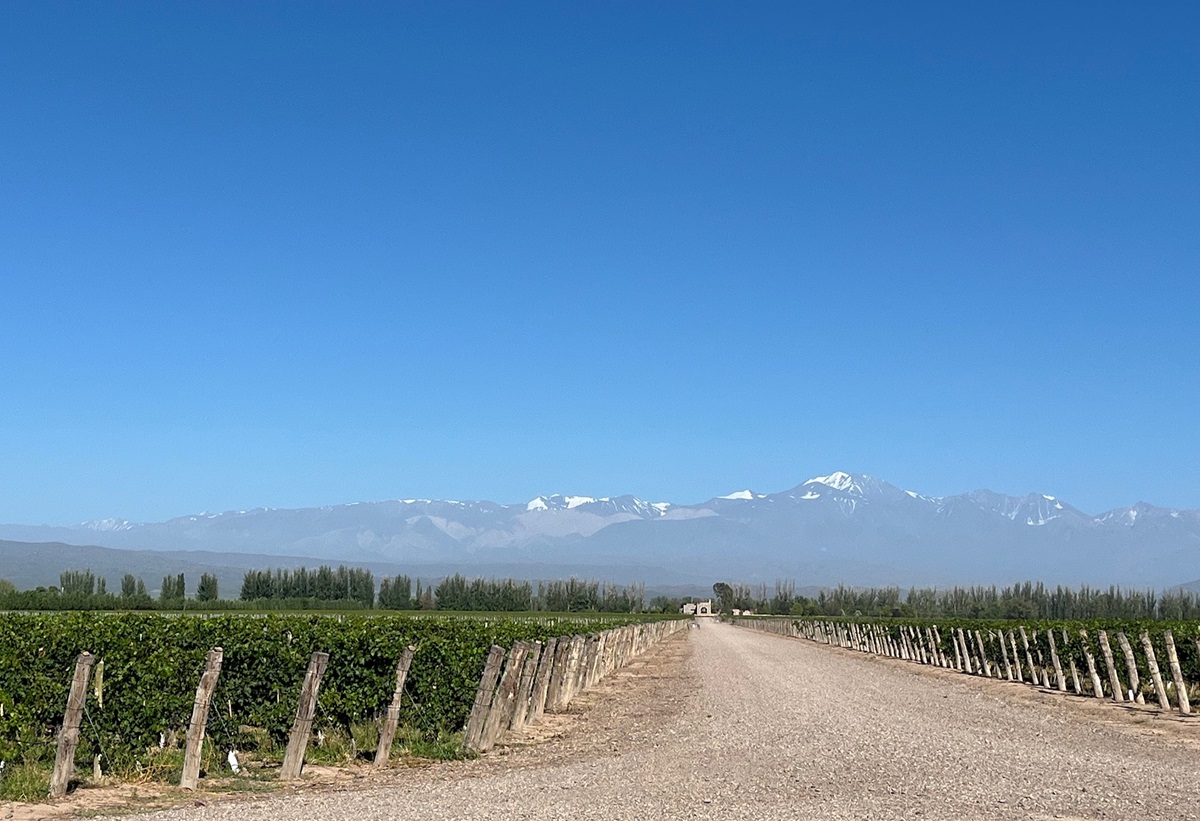A BRIT IN BURGUNDY
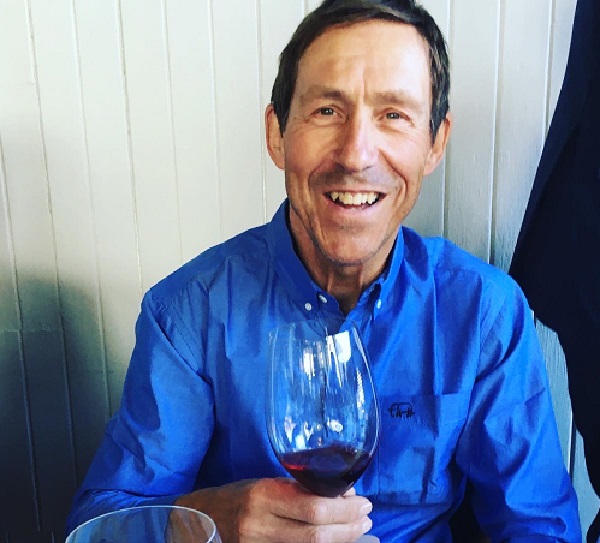
By Rose Murray Brown MW Published in The Scotsman 21 May 2022
“I went to Burgundy against my will”, says winemaker Mark Fincham, “but now I cannot see myself working anywhere else”.
It is not often you find an Englishman working as chief winemaker in a Burgundian domaine. Fincham, who visited Edinburgh recently to show Domaine Tawse and Maison Marchand Tawse’s range from the Cote d’Or with importer Raeburn Fine Wines, gave me an insight into why he had ended up working in such a traditional region in the heart of France.
“I trained in oenology at Montpellier with my first vintage in the Rhone in 1994, ultimately working at the historic Domaine du Pegau estate in Chateauneuf du Pape”, said Fincham. “In 2011, I was approached by winemaking guru Pascal Marchand (of Clos des Epeneaux and Domaine de la Vougeraie fame) to help him revive one of Burgundy’s most historic estates”.
French-Canadian Marchand, with financial backing from another Canadian Moray Tawse, had set up a negociant business named Marchand Tawse, and to compliment it they purchased the famous old Domaine Maume in Nuits-St-Georges. The Canadian duo invited Fincham to join them as winemaker for this new negociant and domaine business – with an ambitious goal to take the newly-named Domaine Tawse to the top level in Burgundy within a decade.

Fincham says he had not been looking forward to living in Burgundy. “To be honest, Burgundy is not the greatest place to live; they are mono-maniacs in the middle of France, with nothing else there but wine”, he says.
“Also I am an outsider – as are the Canadian owners – so it took longer to gain acceptance. In the beginning we only had a small team, each person doing four people’s work out in the vineyards getting to know the terroir – but gradually the locals saw how hard we all worked”.
As Fincham explained, Burgundy is very different from the Rhone. Everything in Burgundy is done by hand and is extremely labour intensive, particularly on Domaine Tawse’s 12 hectares which have been farmed biodynamically since 2012.
The Canadians planned to buy more vineyards, but it proved difficult as there was still a lot of good growers happy to sell grapes, but not vineyards – but they have supplemented a few extra plots in Cote de Beaune and Cote de Nuits’ Chambolle Musigny. Fifteen of their wines are made from estate fruit, the remaining 45 wines from bought-in grapes – but all domaine and negociant wines are treated the same in the winery.
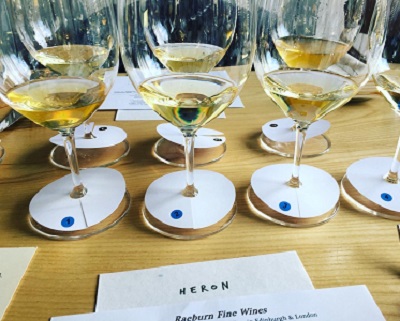
People think of Marchand Tawse as a red wine producer, based in Nuits-St-Georges, but Fincham has found interesting parcels of whites which make up 15% of the range. We sampled four whites from the excellent 2017 vintage in Cote de Beaune, from unsulphured Savigny les Beaune 1er Cru to fabulous Chassagne Montrachet from their 0.24 hectare holding in Abbaye de Morgeot 1er Cru.
Domaine Tawse’s Cote de Beaune reds, from 2017 and 2015, were all elegant with appealing aromatics from one third whole bunch ferment and 20% new oak maturation. The best was Beaune Teurons 1er Cru, from a vineyard the Canadians had purchased from Jadot.
Our second flight of reds was from bought-in fruit from Chambolle Musigny and Morey St Denis, all from the frosty 2016 vintage. My favourite was Morey St Denis Clos des Ormes 1er Cru made using one third whole bunch to enhance aromas, with old vine Morey Millandes 1er Cru showing potential.
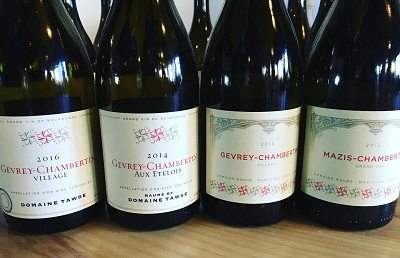
‘Less is more’ is Fincham’s motto. He clearly applies this when making wines from the heart of Domaine Tawse’s vineyards in Gevrey Chambertin. His four Chambertins (three Gevrey and one Mazis pictured above) had great finesse, all made in Fincham’s neo-classical style, using very traditional vinification. Surprisingly the star was the cheapest, an unsulphured Gevrey Chambertin village wine from 2016.
Tawse’s wines are approachable elegant modern Burgundies. These are wines with real energy, preciseness and transparency of terroir and this signature of the terroir can only be achieved from sheer hard work, getting to know your vineyard, which Fincham has clearly done. The Canadian/English trio have made impressive upgrades to the old Maume domaine.
Like all winemakers today, Fincham is challenged by changing weather patterns in Burgundy. “Increased temperatures have benefitted ripeness in Pommard and Nuits St Georges, but last year’s April frost was devastating. We only made 50,000 bottles in 2021, rather than 150,000 bottles – so prices will rise next year and it is a good time to buy right now”, he says.
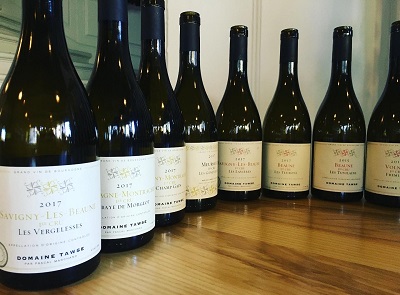 WHITE: SAVIGNY LES BEAUNE LES VERGELESSES 1ER CRU BLANC 2017 Domaine Tawse
WHITE: SAVIGNY LES BEAUNE LES VERGELESSES 1ER CRU BLANC 2017 Domaine Tawse
Fincham makes this wine in two batches – one with sulphur, the other without. The unsulphured version has deep yellow colour, honeyed notes, quite funky palate, smooth rounded finish: £40.99 bt
WHITE: CHASSAGNE MONTRACHET ABBAYE DE MORGEOT 1ER CRU BLANC 2017 Domaine Tawse
Fincham picks this vineyard early to keep tension and higher acidity; this is broad rich and intense with minerally depth; really attractive from fabulous 2017: £71
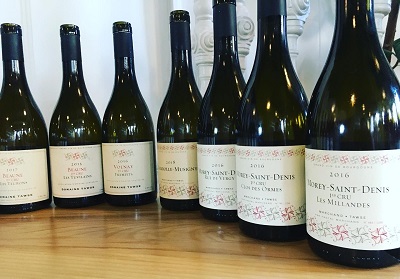
RED: BEAUNE TEURONS 1ER CRU 2017 Domaine Tawse
Grapes ripen later on Teurons’ colder clay soils; plenty of ripe soft red fruit intensity, succulent rounded palate, added dimension of noble vegetal notes; a complex Teurons: £40.99
RED: GEVREY CHAMBERTIN 2016 Domaine Tawse
Zero sulphur wine; rich plummy aromas, silky dense, fresh raspberry fruit, good acidity; very attractive for current drinking: £50.99
All from Domaine Tawse – stockist: www.raeburnfinewines.com
Join Rose’s French Classics Dinner in Prestonfield on Thursday 1 December www.rosemurraybrown.com
wine tastings
The perfect gift for the wine enthusiast in the family. Rose does In-person tastings too.
cellar advice
Rose does cellar valuations for private clients, valuations for insurers & bespoke portfolio management.
Related stories
March 31, 2024
By Rose Murray Brown MW Published in The Scotsman 30 March 2024 On 2 February 1659, the first wine made from grapes grown in South Africa was crafted by the Governor of the Cape, Jan van Riebeeck. He had planted vines four years earlier in the Company’s Garden near Cape Town from cuttings imported from France. Van Riebeeck’s first
March 24, 2024
By Rose Murray Brown MW Published in The Scotsman 16 March 2024 Heatwaves and bushfires were very much on the agenda when I visited Chile last month as winemakers prepared for their 2024 harvest in blistering heat and drought, with a plume of smoke from the devastating fires lingering over coastal hills. Heat and drought are the greatest challenges
March 23, 2024
By Rose Murray Brown MW Published in The Scotsman 9 March 2024 I have two glasses of Malbec in my hands from the same high-altitude vineyard in Uco valley in Argentina. I am in the Catena Institute of Wine in Mendoza with winemaker Agustin Silva. He has asked me to taste the two wines, both from the 1500m high



